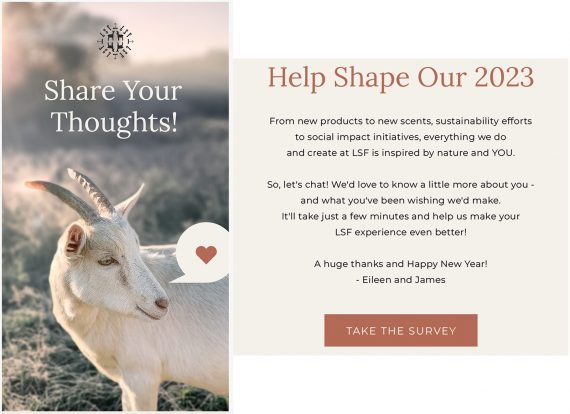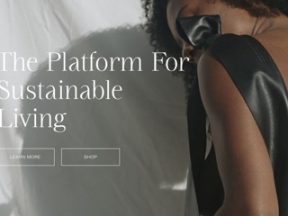Sustainable ecommerce is more than a slogan. It’s about reducing a company’s environmental impact while supporting communities. A sustainable-focused online business focuses on product sourcing, order fulfillment, delivery, and more. It also prioritizes fair trade practices — transparent, humane — and donates to like-minded causes.
It’s not a fad. eMarketer pinpoints sustainability as a primary brand concern for U.S. Millennials (ages: late 20s to 40) and Generation Zs (teens to early 20s), which collectively make up about half of the online buying public. Hence adopting sustainable practices is future-proofing your business.
A Simple Start
While transitioning to a fully sustainable operation is time- and money-consuming, there are plenty of elementary steps.
- Switch to sustainable packing materials and boxes and use only what’s necessary. Avoid printed packing slips.
- Identify ways to reduce returns and exchanges. (Letting customers keep returned products is sometimes the best solution.)
- Reduce energy use. Many power companies and governments offer free or low-cost energy audits to help businesses minimize impacts.
- Determine if drop shipping makes more sense, especially for large items or high-priced products that sell in lower volume. Several manufacturers and suppliers will brand-stamp shipping labels.
- Consider (or reconsider) suppliers based on their products and practices.
- Shrink or grow your catalog based on sustainable factors.
Ask shoppers for input. You’ll gain crucial insight, and customers will feel valued.

Little Seed Farm, a sustainable soap and skincare seller, surveys customers to determine what matters most.
Realizing the ROI
Depending on the study, at least half of U.S. consumers are willing to pay more for sustainable products and packaging, especially for items that can be reused or recycled. Shoppers are more accepting of slower delivery, too. Per Statista, nearly 60% of online U.S. shoppers said in March 2022 they’re willing to wait longer for products to arrive if it means improved sustainability.
Incentives help. Amazon offers $1 to customers who delay delivery until a specified weekly “Prime delivery day.”
Consider these conversion-boosting tactics:
- Use badges to identify sustainable products and communicate their eco- and social-friendly features.

Sustainable apparel company Wear Pact takes things up a notch by noting each product’s carbon offset.
- Publish your efforts in a blog series. Educate consumers on sustainability and invite them to ride along as you identify and implement new strategies.
- Share videos on product and landing pages, on social media, and in emails. Focus on manufacturing, product management, order fulfillment processes, and overall operations. Shoot videos in widescreen to fit various platforms and in long form to share excerpts later.
- Encourage customers to share their stories — why sustainability is important and why they buy from you. User-generated content remains one of the best ways to entice others.
- Host events and interviews with industry leaders, inviting shoppers to chime in.
- Spotlight the causes you support. Consumers value community-minded companies.
- Use on-site and email messaging to remind customers of greener, minimal packaging.
- Offer tips on repurposing and recycling your products, packaging, and packing materials.
Slow and Steady
Becoming fully sustainable could take a while. That’s okay. Keep consumers informed, and be transparent. You’ll grow a loyal audience.




